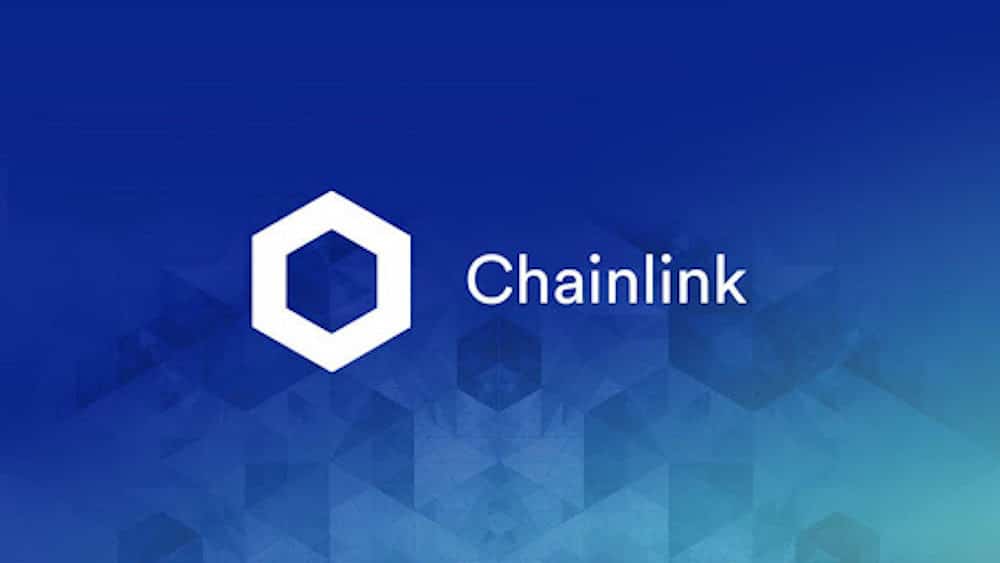Table of Contents
The advent of Blockchain and Smart Contracts has transformed the way we used to do information transfer, financial transactions, and execution of agreements forever. As Smart Contracts are limited in fetching external data due to the isolated nature of blockchain networks, the need for a mechanism was felt. Oracles came up as a software component that would obtain data inputs from external sources.
Now, Smart Contract developers developed such Oracles that would have security and reliability traits suiting the blockchain platforms. However, centralized control over a smart contract can be gained by a centralized oracle, so there was a need felt for a decentralized oracle like Chainlink.
What is Chainlink?
Chainlink was launched in mid-2017 and was created in 2014 by Sergey Nazarov and Steve Ellis along with Ari Juels. While Chainlink’s mainnet went live in mid-2019, and Chainlink was one of those first cryptocurrency projects which enabled other Blockchains to have Smart Contracts using its “Decentralized Oracle Network”
Smart Contracts are an important part of a Blockchain network, that lets a blockchain network interact with others. A Smart Contract is a sort of digital contract that self-executes if certain conditions mentioned in the contract are met.
A blockchain can securely interact with different external data feeds, events, or payment methods through Chainlink. Chainlink facilitates the information from off-chain data and on-chain so that it can interact with the different blockchains and can unite to create complex digital smart contracts. Chainlink is built on the Ethereum Blockchain and it is used to grab price data for Ethereum projects.
How Chainlink works?
Chainlink is a fully decentralized Oracle network that connects Ethereum projects and other Ether-based tokens in order to let unrelated products and services make use of data housed in Ethereum’s ecosystem.
Chainlink architecture
One of the main aspects of Chainlink is its architecture, as different nodes are utilized by a Chainlink developer for obtaining data required for smart contracts. But before any transmission of data to the smart contract, the nodes reach a specific consensus and this makes sure that the smart contract does not have to depend on a single, centralized oracle.
There are two important components of Chainlink’s architecture
On-chain components
The on-chain components help in monitoring and processing data requests of users, while transfer requests for off-chain data to the Chainlink network are also taken care of.
Off-chain components
Off-chain components are the next main attraction in Chainlink’s architecture. Off-chain oracle nodes are capturing responses to various external requests and further, through different consensus mechanisms, the individual responses are aggregated. The Chainlink Core is a device that helps in connecting the blockchain with off-chain data resources and supports the translation of off-chain data followed by transferring it to an on-chain oracle.
Native Token
Chainlink’s native token LINK is used to fuel the overall functions in the network and has a total supply of one billion tokens of which almost half a billion are already in circulation. The LINK token like other tokens can’t be mined but can be brought as an asset from leading exchange platforms. Chainlink began its journey with ICO and by that, it raised almost £32 million in its ICO in 2017.
Chainlink Advantages and Disadvantages
Advantages
- A major advantage Chainlink network has is that it comes from its partnerships with large companies, like its developers since 2014 worked with Smart Contracts and Chainlink has a partnership with Google Cloud and other Blockchains.
- Chainlink’s Oracles allow the building of bridges between various Blockchains and off-chain data sources too.
- The Chainlink platform offers seamless connection to any API, where Chainlink can interact with any Blockchain to integrate with real-world data to create seamless connectivity.
Disadvantages
- It is reported that around 60% of Chainlink’s supply is being controlled by its parent company.
- There are a limited number of Oracles in the Chainlink network, and currently there are almost 250 active Oracles on the platform.
Conclusion
Chainlink plays an important role in Smart Contract development and offers an incredibly useful service called decentralized Oracles that has applications in numerous industries. Whether it’s gaming, crypto or otherwise, Chainlink is one of the most trusted alternatives for developing advanced smart contracts with security and reliability, says a senior blockchain developer at Rejolut. Further, Chainlink’s ability to establish secure interaction between smart contracts and external data systems makes it a perfect tone for the future.


